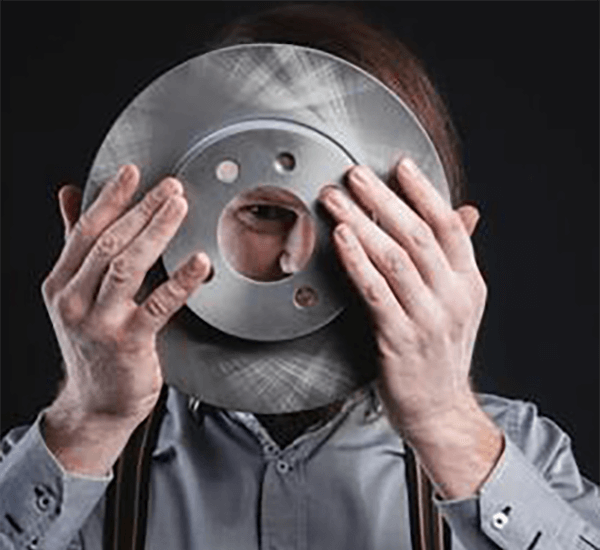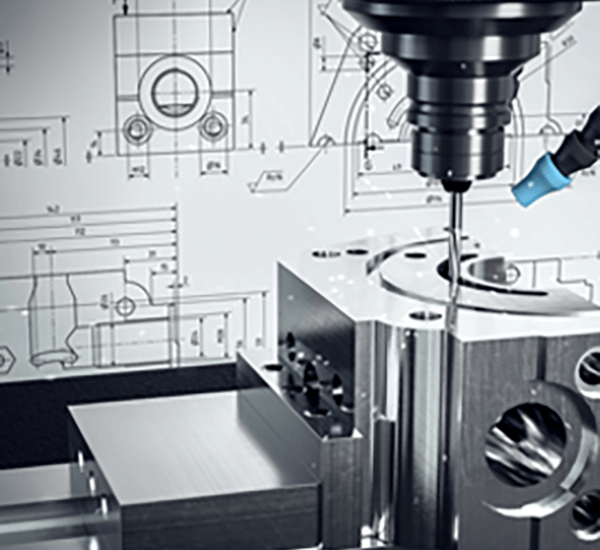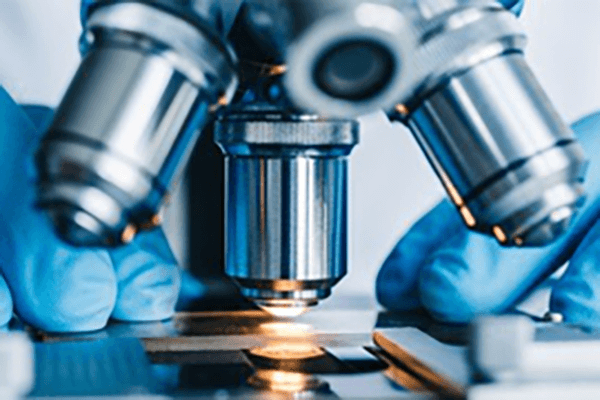adhesionoptimized coating definition of a cnc machine product note

Realizing precise finish on a turned or milled piece is highly significant.
- Blueprint callouts define exact texture requirements for manufactured pieces
- These callouts often use terms like "Ra," which stands for arithmetic mean deviation to quantify the surface roughness
- Understanding these callouts is fundamental for ensuring manufactured parts meet performance requirements
- Clear finish specification affects lubrication behavior, sliding resistance, and lifespan
- Proper decoding of specifications is critical to deliver the expected finish
Precision Principles of CNC Machining

CNC machining represents a game-changing method in production via numerical control software the system carves sophisticated geometries with precision.
- The technology facilitates production of complex parts across many materials
- CNC adaptability suits industries including aerospace and automotive sectors
- Automated machining provides consistent reproducibility for uniform components
From initial prototype stages to mass-manufacture CNC machining supports modern production workflows
Interpreting CNC Specifications
Decoding CNC machine specifications can feel daunting at first glance
Nevertheless simple study and a stepwise method let you read technical specifications
Initiate by spotting principal specs like spindle speed, feed rate, positional accuracy, travel limits, controller
All these values combine to influence overall operational ability.
For example a higher spindle speed is suitable for softer materials while a faster feed rate is essential for increased production.
Understanding these relationships will allow you to select the right CNC machine to match your specific requirements
It’s wise to study manufacturer documentation comprehensively.
Provided manuals commonly contain clarifying information and define jargon
What You Should Know About CNC Machines
Programmed machining equipment comprises computer-managed tools for exact automated fabrication of diverse materials They interpret CNC code instructions to command cutting tools and motion.
- Typical CNC models span milling centers, rotary lathes, CNC routers, plasma tables
- Production processes accommodate metal alloys, plastics, woods, and composite materials
- Plus CNC technology provides rapid prototype cycles and limited manufacturing for small firms and research units
CNC Fundamentals and Principles
They illustrate synthesis of mechanical precision and computerized control logic Multifunctional systems use programming logic to fabricate both simple pieces and composite assemblies Primary notion maps digital geometry to tangible fabricated pieces.
- CNC fabrication
- Programmed manufacturing process
It comprises controlled axis moves directed by programmed code Engineers contribute by setting machining variables, overseeing runs, and assuring product standards.
The Role of Surface Finish in CNC Machining
Meeting set surface quality in CNC work is significant It modifies operational efficiency and cosmetic finish Base material, cutting conditions, and post-machining refinements govern texture.
Smoother surfaces elevate durability while coarser textures may impair utility CNC workflows include varied tooling and approaches to produce intended surface results.
- Consider using alternative cutting shapes |high-speed steels|cutting velocit
 y selections to shape surface
y selections to shape surface - Moreover post-machining steps like polishing or sanding improve surface quality
Grasping how machining variables affect texture is critical to obtain optimal outcomes.
CNC Overview: From Use to Application
Computerized machining precisely produces parts from metals, plastics, and other materials They execute coded toolpaths to create intricate parts repeatedly Grasping G-code, tool selection, and machine operation underpins successful manufacture
Fields benefiting from CNC include aerospace, automotive, industrial manufacturing, and electronics From precision engine parts to detailed injection molds, CNC delivers complex products
Callouts and Surface Roughness for CNC Parts
Clear finish definition is critical for CNC machined components It ensures that the final product meets the requirements for function and aesthetics Engineers generally specify surface quality using the Ra roughness notation Noted in microns or millimeters, the value quantifies average texture height.
Take into account target smoothness and how the part will be used when calling out finish

In practice smoother finishes help where exact fits and close tolerances are essential
Alternatively textured surfaces may aid applications needing traction or increased friction
Use explicit finish instructions on design documents to convey the surface requirement State the Ra figure and any extra machining or finishing instructions required.
Bear in mind accurate finish callouts drive better manufacturing results
Categories of CNC Machines and What They Do
Numerical control machining comprises numerous machine types engineered for diverse applications These versatile tools utilize computer-aided design (CAD) software to control cutting tools enabling precise and efficient fabrication of components.
- Mills shape slots pockets and complex contours through rotary cutting
- Routers handle flat panel cutting and profiling for non-metal workpieces
- Laser, waterjet, and plasma technologies suit intricate shapes and delicate workpieces
Select machinery by weighing material, complexity, and tolerance needs Every machine class brings specific strengths that serve sectors like aerospace and automotive.
Achieving Optimal Surface Finish with CNC Machining
Producing a high-quality finish matters across manufacturing and CNC approaches provide precise control to reach it By leveraging precise control over cutting parameters such as feed rate spindle speed and tool geometry machinists can effectively manipulate the material removal process to produce surfaces with minimal imperfections Furthermore the utilization of high-quality tooling materials and proper lubrication techniques contributes to a smoother finish By choosing tailored toolpaths and precise setups operators can deliver parts with outstanding finishes.
CNC Programming to Achieve Surface Quality
Tuning code to influence finish plays a central role in meeting quality aims Selected feeds speeds and tool geometry directly shape the resulting surface profile Conscientious parameter tuning with sound coolant strategy produces excellent surface quality.
- Continuous tool maintenance and oversight preserve high finish consistency Continuous tool maintenance and oversight preserve high finish consistency Additionally routine cnc machine definition tool checks and upkeep maintain consistent finish quality
- For ideal finishes weigh material choice, roughness spec and usage demands
- Path simulation offers insights to adjust cutting settings and reduce defects
- Furthermore regular tool maintenance and inspection are essential for ensuring a consistent and high-quality surface finish over time
